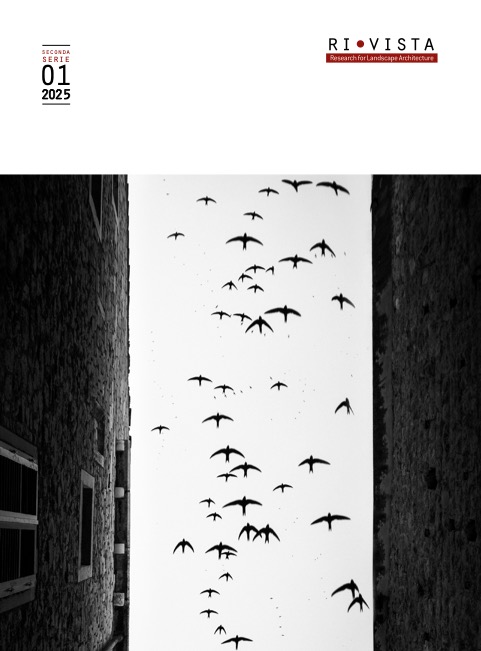Monastic Enclosures and Cloisters. Understanding the Transformation from Historical Mystical Gardens to Renewed Urban Open Spaces for the Community
Published 2025-10-28
Keywords
- Monastic complex,
- Cloister garden,
- Open spaces,
- Resilience,
- Restoration
How to Cite
Copyright (c) 2025 Barbara Gherri, Sara Matoti, Lisa Rovetta

This work is licensed under a Creative Commons Attribution 4.0 International License.
Abstract
Among the numerous historic open spaces, the green and paved areas of cloisters and their adjoining courtyards are often overlooked. In recent years, efforts have focused on preserving built heritage, while these open spaces have been neglected, in favour of larger monumental complexes. However, climate change has heightened the need for conservation, increasing the demand for the restoration and management of these areas, as they provide significant microclimate benefits.
This contribution focuses on the historical role of cloister gardens as integral components of monastic life and examines their influence on the typology of monasteries. These open and transitional spaces can be adapted to meet modern needs while maximizing their intrinsic features of protection, thermal comfort, and intimacy. By analysing the morpho-typological characteristics of a diverse range of Italian urban cloisters, this study demonstrates the advantages of integrating historical preservation with contemporary reuse and microclimate assessments to revitalize urban open spaces, thereby addressing the challenges posed by a changing climate.






